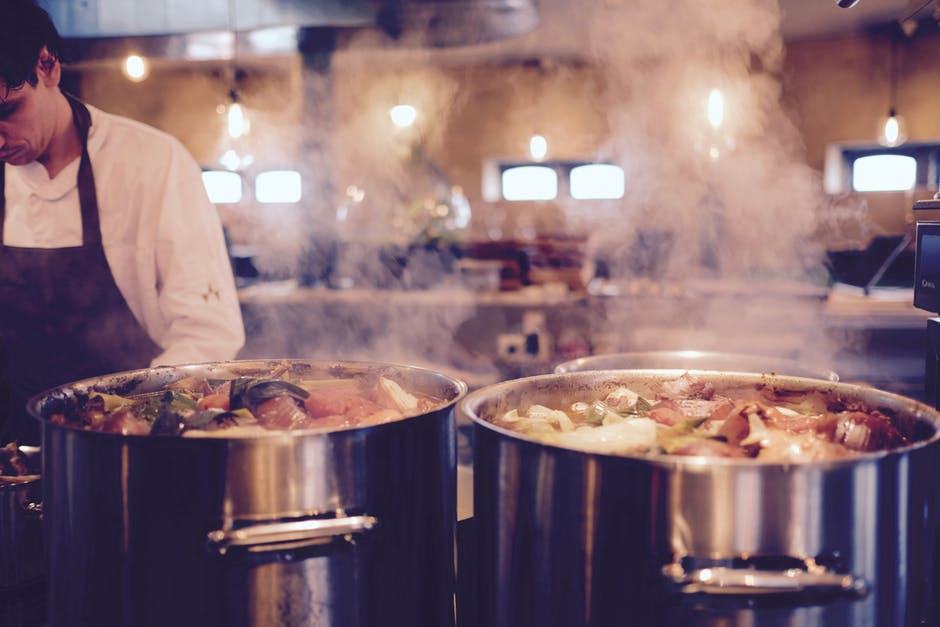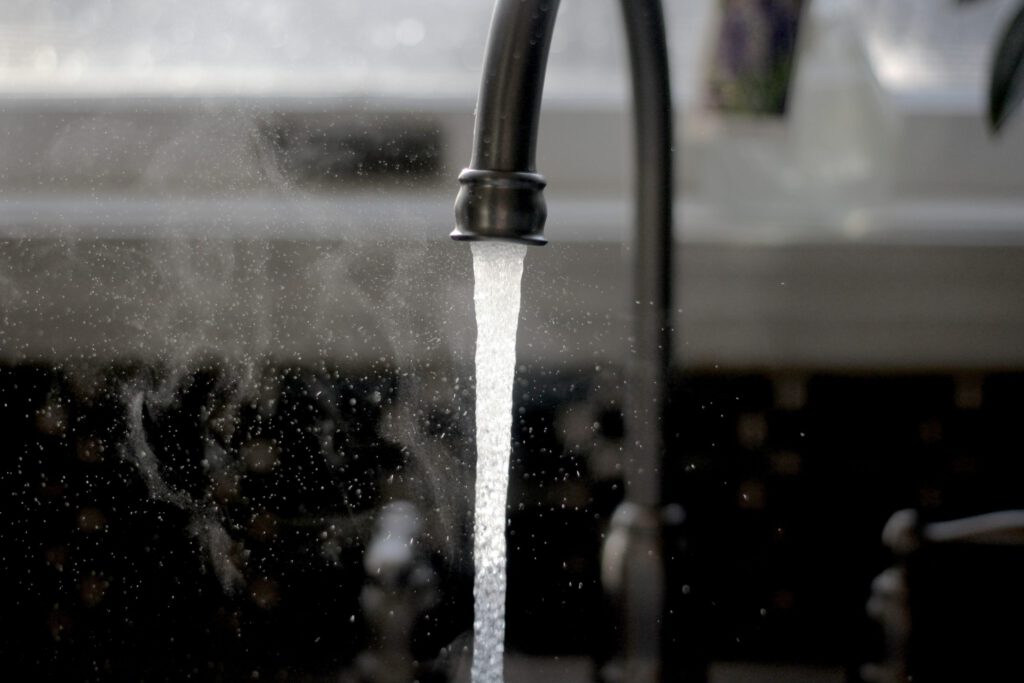The kitchen ventilation system is one of the most complex parts of a food service establishment. With an increased focus on clean air and bottom line, exhaust systems with pollution control units have become an important factor to consider when constructing a new kitchen.
The rise in multi-use buildings and urban landscapes increased the focus on odors from commercial kitchens. No one wants their office, apartment, or yoga studio smelling like the neighboring restaurant’s fried onion special or grease drip onto their windows.
Pollution control units, PCUs, remove smoke and grease particles from the air stream in commercial kitchen ventilation systems. They work in tandem with—not instead of—kitchen hoods and exhaust and grease trap systems.
How They Work
The two main types of PCUs: electrostatic precipitator and mechanical filtration units.
Electrostatic precipitator units work by using high voltage ionization and electrostatic cells. By charging both large and microscopic particulates, it collects them on oppositely charged plates. These units are typically better at smoke removal than filtered units. Electrostatic precipitator units have a higher up-front cost but lack the expense of changing filters. Due to the technological nature of the system, they do require electronics maintenance.
Mechanical filtration units work by using a series of high efficiency filters to capture the particulates. Typically a three filter system, many models use a combination of high Mervrated filters, HEPA filters, and carbon to remove particulates from the air and treat any odors. These units have a lower up-front cost, but maintenance requires replacement and disposal of filters.
Do You Need Them?
The International Mechanical Code and the NFPA 96 do not currently require the use of PCUs. However, local codes, in certain areas, of the country do. For example, PCUs are required by code in New York City and Seattle. With no nationally recognized standard, restaurant owners struggle with awareness and proper maintenance of these units. This issue emphasizes the importance of having an experienced team to manage the kitchen’s waste and exhaust system.
If your locale does not require them by code or ordinance, then you need to determine if your facility benefits from having one. Viable reasons for a PCU include:
- Nuisance factor
- Complaints from neighbors
- Concern about the environment
- Attention to grease buildup on the roof
- Protecting the integrity of the hood fan.
One of the most frequent applications of PCUs involves restaurants on the ground level of high rise buildings. These facilities need to discharge exhaust without running miles of ductwork to the roof. The discharged exhaust needs to be as clean and odorless as possible for passers-by and neighboring residents and businesses. Multi-use buildings are another example where odor and exhaust can be a more “in your face” problem that a PCU can solve.
Preventive Maintenance
As with all aspects of your kitchen waste management, proper and sufficient maintenance is the difference between smooth sailing and rough waters.
Annual maintenance costs vary based on cooking load, hood filters, and the type of food cooked. When evaluating maintenance costs, consider the following:
- Type of cooking equipment you are using: ranges, griddles, deep fryers, ovens, or a combination
- Types of food you cooked (higher fat products yield more grease)
- Ventilation design of the facility, including ductwork, fans, and makeup air systems
- Location and configuration of the restaurant and kitchen-related to other buildings
You can plan on a bare minimum of semi-annual maintenance and more frequent for high usage and or high grease load kitchens. Monthly inspections are recommended to avoid fire and safety hazards.
Mechanical filtration systems have multiple filtration levels and may not require all filters to be replaced during each service. Meaning, the first level filter may require more frequent replacement than a filter further down the filtration stream. However, each unit and facility is different.
PCUs must be treated as a fire hazard as they filter hazardous, flammable materials such as grease vapors and particulate matter and integrated into your maintenance and fire safety plan.
While it is not required by a national standard, if you do use a PCU, you must comply with NFPA 96, the Standard for Ventilation Control and Fire Protection of Commercial Cooking Operations, (Section 9.3.3). This states, “Any equipment, listed or otherwise, that provides secondary filtration or air pollution control and that is installed in the path of travel of exhaust products shall be provided with an approved automatic fire extinguishing system, installed with the fire extinguishing system manufacturer’s instructions.”
Bottom Line Impact
A holistic approach to kitchen exhaust and ventilation is necessary to make sound decisions on whether to use a PCU. The hood is your first line of defense, whether you employ a PCU or not. The more your hoods remove grease, the lower the operating cost of the PCU, as it prevents grease buildup in the PCU. Expect to pay $10,000 to $40,000 for the initial installation of an electrostatic precipitator unit, compared to $6,000 to $25,000 for a mechanical PCU. Preventive maintenance can run up to $10,000 or more a year.
While no filtration system can ever eliminate 100 percent of smoke and odors, it can certainly improve the quality of discharge. All PCUs distribute the exhaust to the atmosphere; whatever particulates or odors remain to dissipate into the atmosphere. Be sure to review your kitchen needs while selecting the appropriate kitchen ventilation system for your facility.
Article featured in RFMA’s Facilitator.



